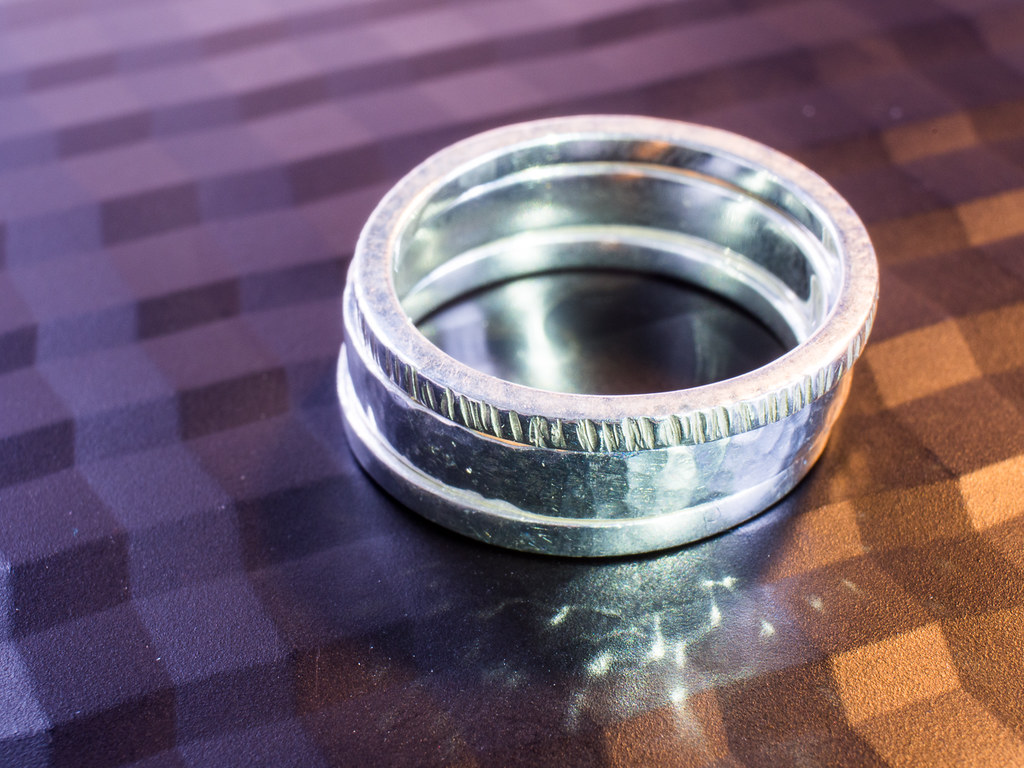I doubt it. I have tried quite a few, I have adapters for M42, PK, Canon, T2, M39 and nothing I have tried has really given better results than any M43 lens.
I don't have any of the "classic" greats though
Though I would suggest that maybe the 100-400 is not the way to go. I find the nicest to use is the 45-150, which is small, light, very sharp and not expensive. As I found out lately, it is upgradeable to Power OIS, so you get the dual stabilisation (stabilisation is greatly missed on any film era lens).
I also use the 14-140 (latest version) which is hardly any bigger or heavier that the 45-150, and are probably the most used lenses I have. If I use the 100-400, I take a 14-140 on another camera, then I have 14-400 without changing lenses in the field.
One of the most common failure points of the 100-400 is the mount, the mounts on the lens break at the base of the bayonet lugs. I don't know how hard they are too break, and may not be that common, but common enough for them to be available on ebay for just over £100
https://www.ebay.co.uk/itm/285192919221?hash=item4266d298b5:g:XsMAAOSw6gZdzZaF&amdata=enc:AQAIAAAA8JStyKus/JxiYR5Q5d82FH8L6kkT6sUCSmDwhrE9Q23Ib9xkJfeDBYqkizQ6Bu8SmaWvUWJoS07Yn3gq/Wj4VqG9lZ0T3vyKf/P8Ho3CpmRVZJz6s+4kiGz0QrfactJ56BSebyJld00TWruVRCsPfwFEEJ7SdS0fr1aGcPXOFdl9zBWu0gRMBEB38Ah2AbxW7CvdrvgX12g4CN7KMWcQVbsJxEFXstUi9o7caozkz2Mw2dbDg17LnUVHB1ilKCTIoyn/7Opn5hbc0Z4oAT3aEc3mkcgWBVxhEi5Ky+teLAyP36NsY+bcJ/kmV1nuQsK0pg==|tkp:Bk9SR-7Z_PL9YQ I have only ever heard of one person I know having one break, but I tend to be cautious and use it more in open spaces.
For close ups, the length of the lens doesn't matter, as long as you can fill the frame with what you want, but the 45-150 (or 14-140) allows you to fill the frame from a nice distance from the subject so as not to disturb it.
The 12-60s also work OK, but I find I would like to be slightly further away, which of course for me also counts out a standard macro lens.






